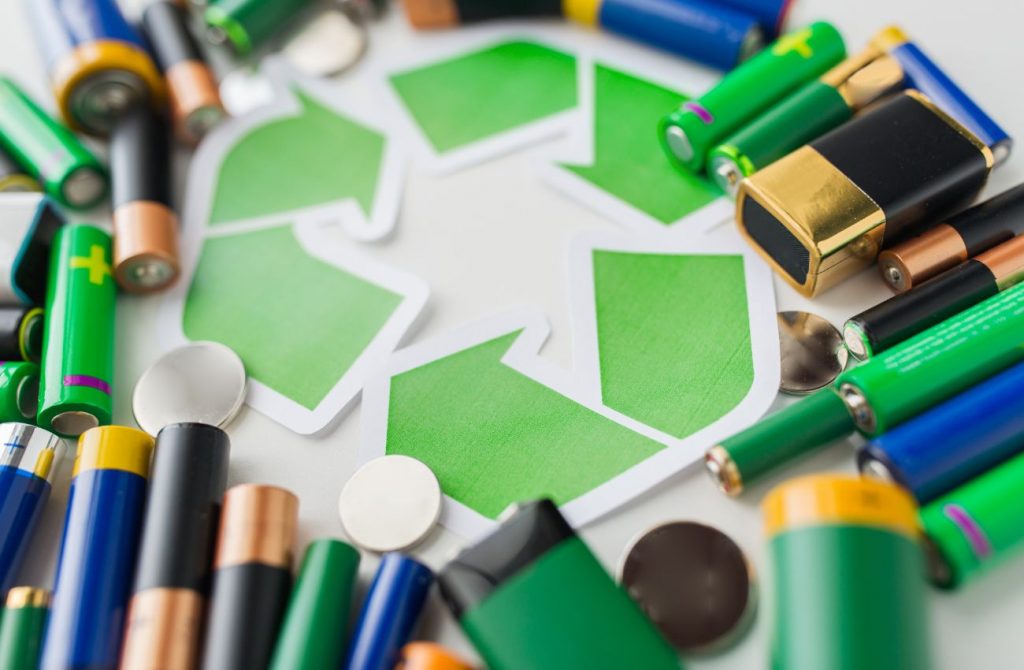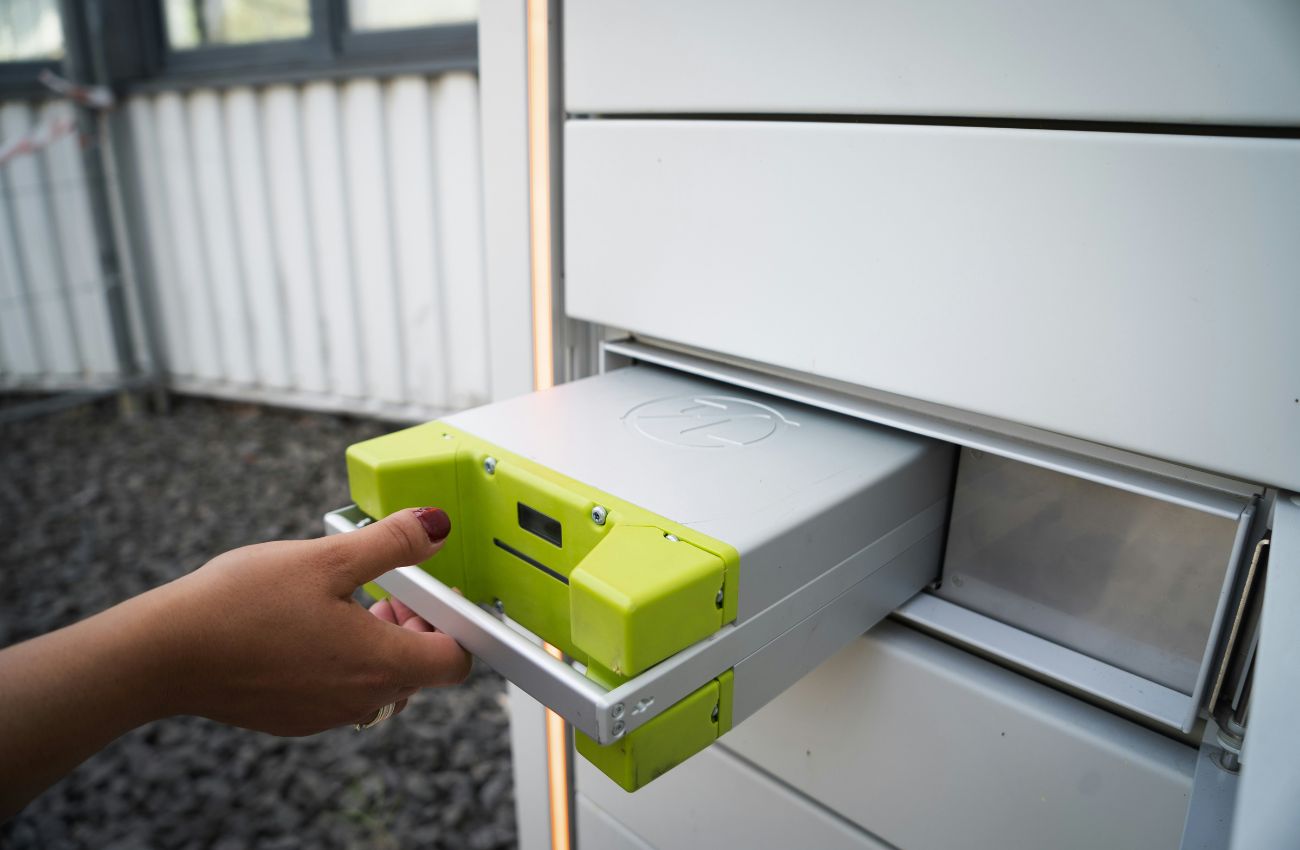
Singapore battery recycling has become a critical aspect of reducing e-waste for a sustainable future. The rise in electric vehicles (EVs) and the widespread use of electronic devices have led to an increase in battery waste, posing significant environmental challenges. However, Singapore is leading the charge in Southeast Asia with innovative recycling solutions.
Latest Developments in Singapore Battery Recycling Landscape
1. TES Singapore: Pioneering Sustainable Recycling
TES is a pioneer in Singapore battery recycling with its cutting-edge facility, TES B. This advanced plant, the first in Southeast Asia, processes up to 14 tonnes of lithium-ion batteries daily. By employing a combination of mechanical and hydrometallurgical processes, TES B efficiently recovers valuable metals such as nickel, lithium, and cobalt.
Notably, the facility is partially powered by a second-life energy storage system, which is itself fueled by rooftop solar panels. This integration of renewable energy highlights TES Singapore’s commitment to sustainability. Additional, it makes TES B not just a recycling plant, but a model for green innovation in the region.
2. Se-cure Waste Management: Expanding Capacity for EV Battery Recycling
In response to the growing volume of EV batteries, Se-cure Waste Management is expanding its operations. The company’s current facility can recycle up to 3,600 tonnes of EV batteries annually. Moreover, with the planned construction of a new plant, they aim to handle even more. The upcoming facility will feature advanced technologies for discharging, dismantling, and recycling batteries using both mechanical and chemical processes.
As a result of rapidly rising electric vehicles, this expansion in Singapore battery recycling is crucial. By increasing recycling capacity, Se-cure Waste Management is helping to ensure that the environmental benefits of EVs are not overshadowed by the challenges of battery disposal.
3. KGS Facility: Vertical Integration for Efficient Recycling
KGS is improving Singapore battery recycling with its new and space-efficient plant. For this reason, it can process about 2,600 tonnes of feedstock each year. The facility’s vertical design maximizes space utilization. Consequently, this provides a significant advantage in land-scarce Singapore. The plant specializes in converting dismantled and shredded batteries into “black mass”. It is then refined into raw materials like cobalt and lithium.
This focus on producing raw materials for new batteries aligns with global trends towards a circular economy. KGS’s efforts are helping to close the loop on battery recycling, reducing the need for new mining and lowering the overall environmental impact.
4. GLC Recycle’s Expansion: Scaling Up to Meet Demand
GLC Recycle is another key player in Singapore’s battery recycling sector. The company is significantly increasing its recycling capacity. In addition, they plan to boost output from 20,000 to 80,000 metric tons per year by 2026. Not only that, GLC Recycle has also partnered with Volvo Buses Singapore to develop a closed-loop battery recycling system. It demonstrates the importance of collaboration in tackling e-waste.
This expansion comes at a critical time, as the adoption of electric vehicles continues to rise. By enhancing its capacity, GLC Recycle is positioning itself to meet the growing demand for battery recycling, helping to ensure that the environmental benefits of EVs are fully realized.

Innovations in Singapore Battery Recycling Technologies
1. Hydrometallurgical Processes
Hydrometallurgical processes are increasingly favored for their ability to recover metals efficiently without generating hazardous by-products. These methods involve using aqueous solutions to leach valuable metals from crushed battery materials, which are then precipitated and refined.
Recent innovations have improved these processes, allowing for the direct conversion of crushed battery materials into high-quality cathode materials. This not only increases the profitability of recycling but also reduces operational costs, making it a more attractive option for recycling companies.
2. Direct Recycling Techniques
Direct recycling is an emerging approach that retains the battery’s original structure, making it a more environmentally friendly and cost-effective alternative to traditional high-temperature methods. This technique is particularly important for lithium-ion batteries, where maintaining the integrity of the materials can lead to significant savings and reduced environmental impact.
By adopting direct recycling techniques, Singapore’s recycling facilities can recover valuable materials more efficiently while minimizing waste, further contributing to the country’s sustainability goals.
The Importance of Battery Recycling in Reducing E-Waste
Battery recycling plays a vital role in reducing e-waste in Singapore. As the nation strives to become more sustainable, recycling batteries not only prevents harmful materials from entering the environment but also conserves valuable resources. The initiatives led by TES Singapore, Se-cure Waste Management, KGS, and GLC Recycle are setting a strong foundation for a greener future.
Its approach to Singapore battery recycling is a model for other nations, showcasing how innovative technologies and sustainable practices can be combined to address the growing challenge of e-waste. By continuing to invest in these areas, Singapore is paving the way towards a more sustainable and environmentally responsible future.
See more: How Electric Vehicles in Singapore are Booming


